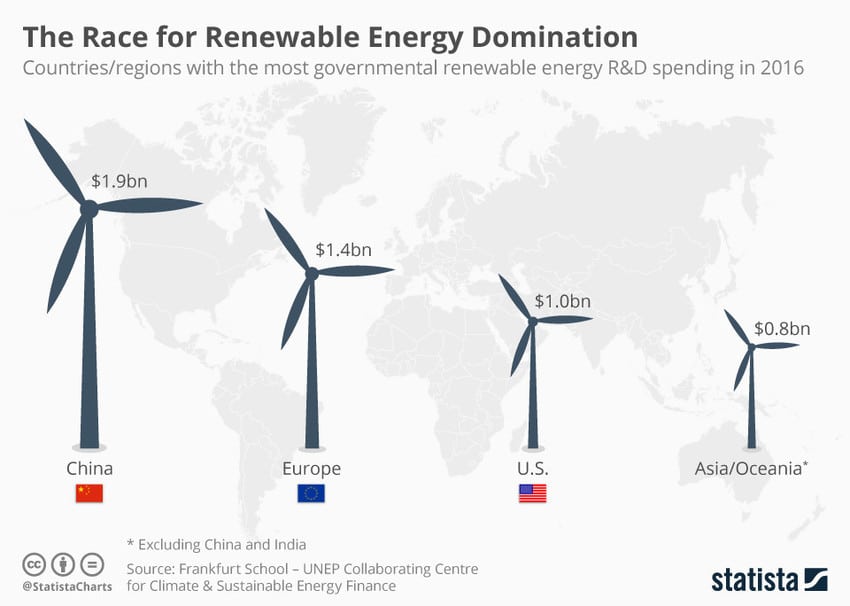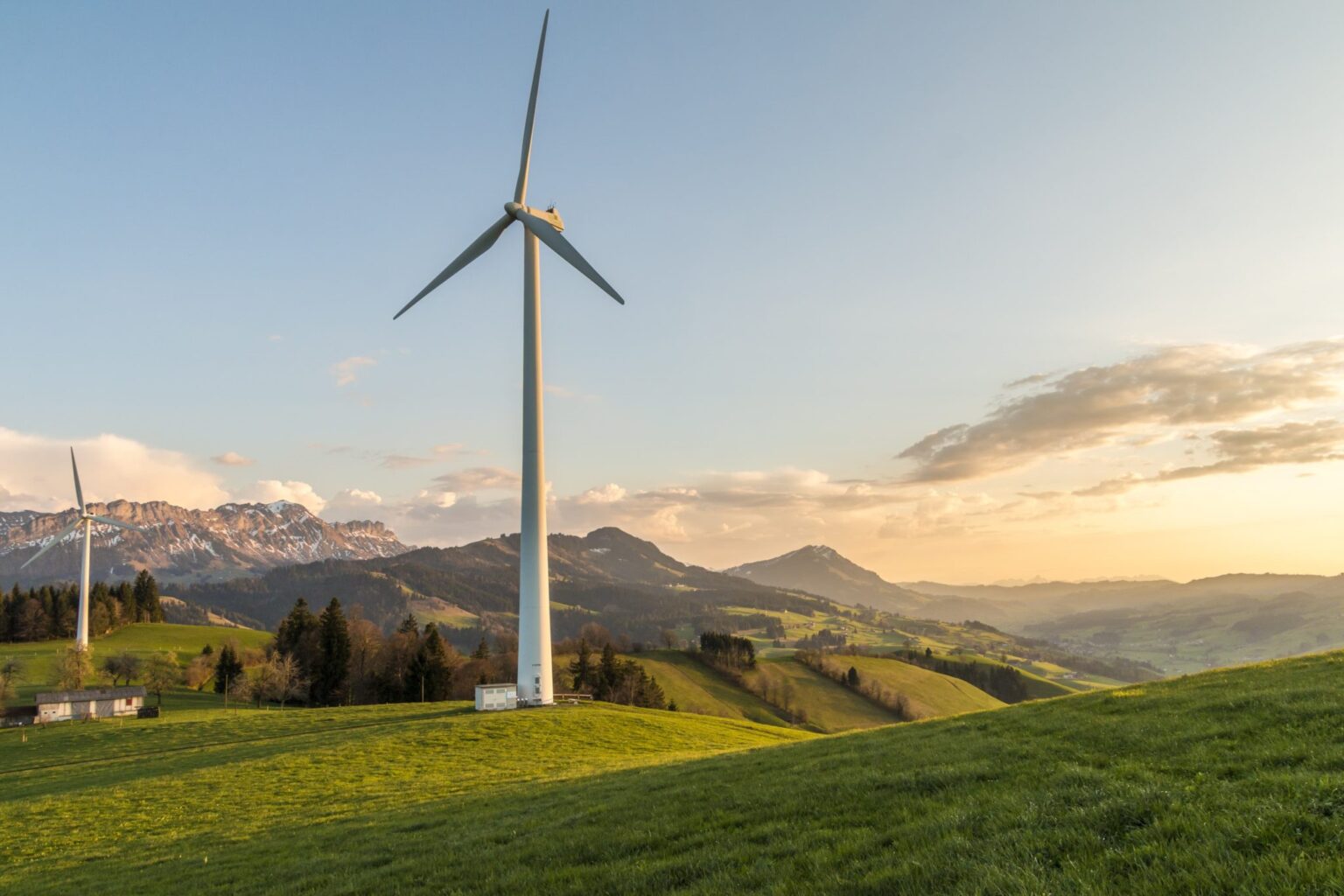Ten years after the publication of first plan for powering the world with wind, water, and solar, researchers offer an updated vision of the steps that 143 countries around the world can take to attain 100% clean, renewable energy by the year 2050. The new roadmaps, publishing in the journal One Earth, follow up on previous work that formed the basis for the energy portion of the U.S. Green New Deal and other state, city, and business commitments to 100% clean, renewable energy around the globe and use the latest energy data available in each country to offer more precise guidance on how to reach those commitments.
How China is leading the renewable energy revolution
At the start of 2017, China announced that it would invest $360 billion in renewable energy by 2020 and scrap plans to build 85 coal-fired power plants. Chinese authorities reported that the country was already exceeding official targets for energy efficiency, carbon intensity, and the share of clean energy sources. And just last month, China’s energy regulator, the National Energy Administration, rolled out new measures to reduce the country’s dependence on coal.
These are just the latest indicators that China is at the center of a global energy transformation, which is being driven by technological change and the falling cost of renewables. But China is not just investing in renewables and phasing out coal. It also accounts for a growing share of global energy demand, meaning that its economy’s continuing shift toward service- and consumption-led growth will reshape the resource sector worldwide.
At the same time, various other factors are reducing global resource consumption, including increased energy efficiency in residential, industrial, and commercial buildings, and lower demand for energy in transportation, owing to the proliferation of autonomous vehicles and ride sharing.
 Source: https://www.weforum.org/agenda/2017/08/how-china-is-leading-the-renewable-energy-revolution
Source: https://www.weforum.org/agenda/2017/08/how-china-is-leading-the-renewable-energy-revolution
Despite these hurdles, technological innovation should help Chinese producers realize productivity gains and deliver savings to consumers. According to MGI, by 2035, changes in the supply and demand for major commodities could result in total cost savings of $900 billion to $1.6 trillion worldwide.
The scale of these savings will depend not only on how quickly new technology is adopted, but also on how policymakers and companies adapt to their new environment. But, above all, it will depend on China.
Germany town Wolfhagen is lighting the way with its renewable energy model
With 100% of its electricity coming from renewable sources (and more to spare), the German town of Wolfhagen is particularly demonstrative of what can be achieved when municipalities adopt innovative approaches to the ownership and governance of key infrastructure. Significant lessons can be drawn from Wolfhagen’s hybrid model of ownership, which can – and must – be applied to sectors beyond energy production.
Back in 2005, the local authority decided to take back the power. In what became the first steps to fulfilling Wolfhagen’s plan to become fully self-sufficient on renewable energy, the city government decided not to renew the private company licensing agreement, instead putting a public company – Stadtwerke Wolfhagen – in charge. Followed a 2008 decision that all household electricity would be provided from local renewable resources by 2015, the town committed to building a solar power park and a wind farm.
Wolfhagen demonstrates that innovative approaches to the ownership and governance of utilities can not only unlock further cooperative capital investment, but also create new forms of democratic engagement in their governance. It’s precisely the creation of these democratic spaces that can enable citizens to move beyond individualistic efforts to “reduce their carbon footprint”, and instead place them at the core of innovation in delivering a just transition to a sustainable and democratic economy.
Californian renewable energy model
California Independent System Operator (CISO), got 67.2% of its energy from renewables — not including hydropower or rooftop solar arrays. Adding hydropower facilities into the mix, the total was 80.7%. Sunny days with plenty of wind along with full reservoirs and growing numbers of solar facilities were the principal factors in breaking the record. The CISO controls 80% of the state’s power grid.
While California is certainly leading the nation, other states and cities are following suit. Atlanta will run on 100% renewables by 2035, and Chicago will power all city buildings with renewables by 2025. The Las Vegas government has them both beaten, as it’s already 100% powered by renewables, and Nevada itself has a goal of 80% renewables by 2040. Massachusetts will be 100% renewables-powered by 2035, followed by Hawaii in 2045.
If you’d rather hear about goals that have already been achieved, New York State has increased its solar use by 800%. Block Island in Rhode Island has just switched entirely to wind power, shutting down a diesel plant. In fact, experts say that the eastern United States could get 13% of its energy from renewables by 2025, and we’ve already experienced days of more than 50% wind power running the entire country.
https://www.weforum.org/agenda/2020/01/stanford-study-green-new-deal-143-countries/
https://www.weforum.org/agenda/2017/08/how-china-is-leading-the-renewable-energy-revolution







